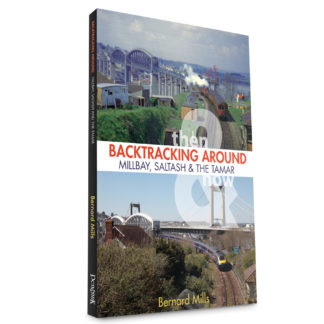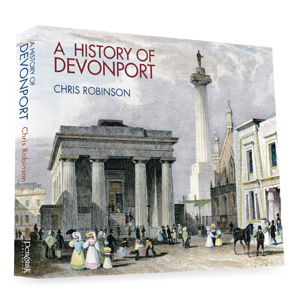It takes its name from a neighbouring, and older, thoroughfare Waggon Hill, for a “wain” is a very ancient name for a wagon, although its colloquial use these days tends only to be in dialects and in poetry.
Beowulf employed the term in the eighth century and it was in common usage until comparatively recently, presumably it fell into disuse when the nature of farm transport itself changed, for a wain typically was a large open cart, usually with four wheels, drawn by horse or oxen and used for carrying heavy loads, generally of an agricultural nature. Hence perhaps one of the most famous uses of the term in Constable’s famous painting of the Haywain – the hay cart.
As a street name it appears to be quite rare, although there is a Waingate in Sheffield that dates from around 1700. Plympton’s Wain Park on the other hand dates from the late twentieth century, the land was bought by the local builder Triscott before the war and development began just after it, with the last house in Wain Park being built in the early 1980s.



